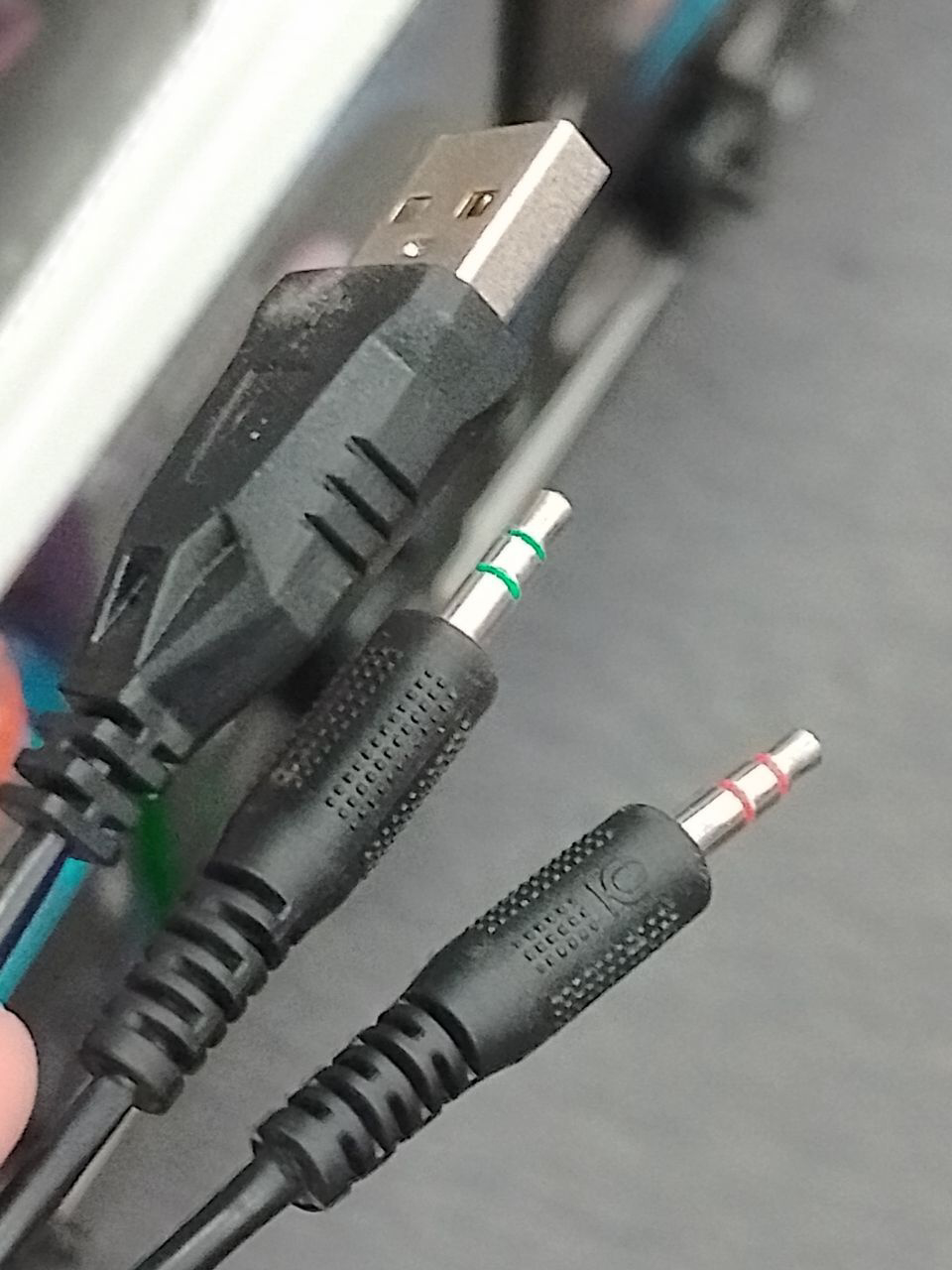this post was submitted on 09 Dec 2023
65 points (100.0% liked)
Technology
40388 readers
387 users here now
A nice place to discuss rumors, happenings, innovations, and challenges in the technology sphere. We also welcome discussions on the intersections of technology and society. If it’s technological news or discussion of technology, it probably belongs here.
Remember the overriding ethos on Beehaw: Be(e) Nice. Each user you encounter here is a person, and should be treated with kindness (even if they’re wrong, or use a Linux distro you don’t like). Personal attacks will not be tolerated.
Subcommunities on Beehaw:
This community's icon was made by Aaron Schneider, under the CC-BY-NC-SA 4.0 license.
founded 3 years ago
MODERATORS
you are viewing a single comment's thread
view the rest of the comments
view the rest of the comments

"Most computer microphones use the third segment to carry bias power for the microphone." https://en.wikipedia.org/wiki/Microphone_connector
I had thought it was to deliver sound to both sides (rather than left- or right-only) but here we are.
What is bias power?
I have some headphones with a mic, but there is no bias voltage contact, only Left, Right, Mic(return?)and Ground. How does that work?
Most likely the mic is simply powered by the voltage which also powers the headphones.
But there's also mics which don't need voltage to work at all (unlikely for headsets tho).
Thankyou for asking this question, I have no clue and you're making me think that a recent frontpanel audio TRRS jack board I designed might be wrong :D
There are two possible options I can see:
I cannot find any good references or info about mic bias and TRRS connectors :( Anyone else have any luck? Wikipedia says it's a standard referred to as "CTIA" or "AHJ" but those appear to be company names, not standard names.
My current headset uses a TRRS, but also provides an extension cable that splits into two 3.5mm TRS just like yours. I might probe it out and find out what it's doing (but that doesn't mean it's the right/universal solution).
Some types of mic capsules require a voltage to work